Recent advances in gravitational wave astronomy have opened new avenues for exploring physics beyond the Standard Model. The transparency of the universe to gravitational waves allows us to probe much earlier epochs in cosmology, including temperatures above the weak scale. Many beyond the Standard Model scenarios can generate gravitational wave signals potentially detectable by upcoming space-based observatories. Significant progress has been made in identifying various potential sources of these signals. In this talk, I will focus on the prospect of gravitational wave production from a first-order confinement phase transition. First, I will discuss general properties of such phase transitions in the early universe and associated gravitational wave production. Next, I will focus on the confinement phase transition in pure SU(N) Yang-Mills theory. The transition is first-order for N ≥ 3, with bounce action scaling as N^2. Remarkably, lattice data for the action include a small coefficient whose presence likely strongly alters the phase transition dynamics. I will provide evidence, utilizing insights from softly broken supersymmetric Yang-Mills models, that the small coefficient originates from a deconfined phase instability just below the critical temperature. I will argue that the maximum achievable supercooling in pure SU(N) theories is a few percent for any N ≥ 3. This prediction is crucial for understanding gravitational wave production and can be tested on the lattice using existing techniques.
Jeudi
16 oct/25
13:30
-
14:30
(Europe/Zurich)
Strongly Coupled Theories, Confinement, and Gravitational Waves
Where:
4/2-037 at CERN
